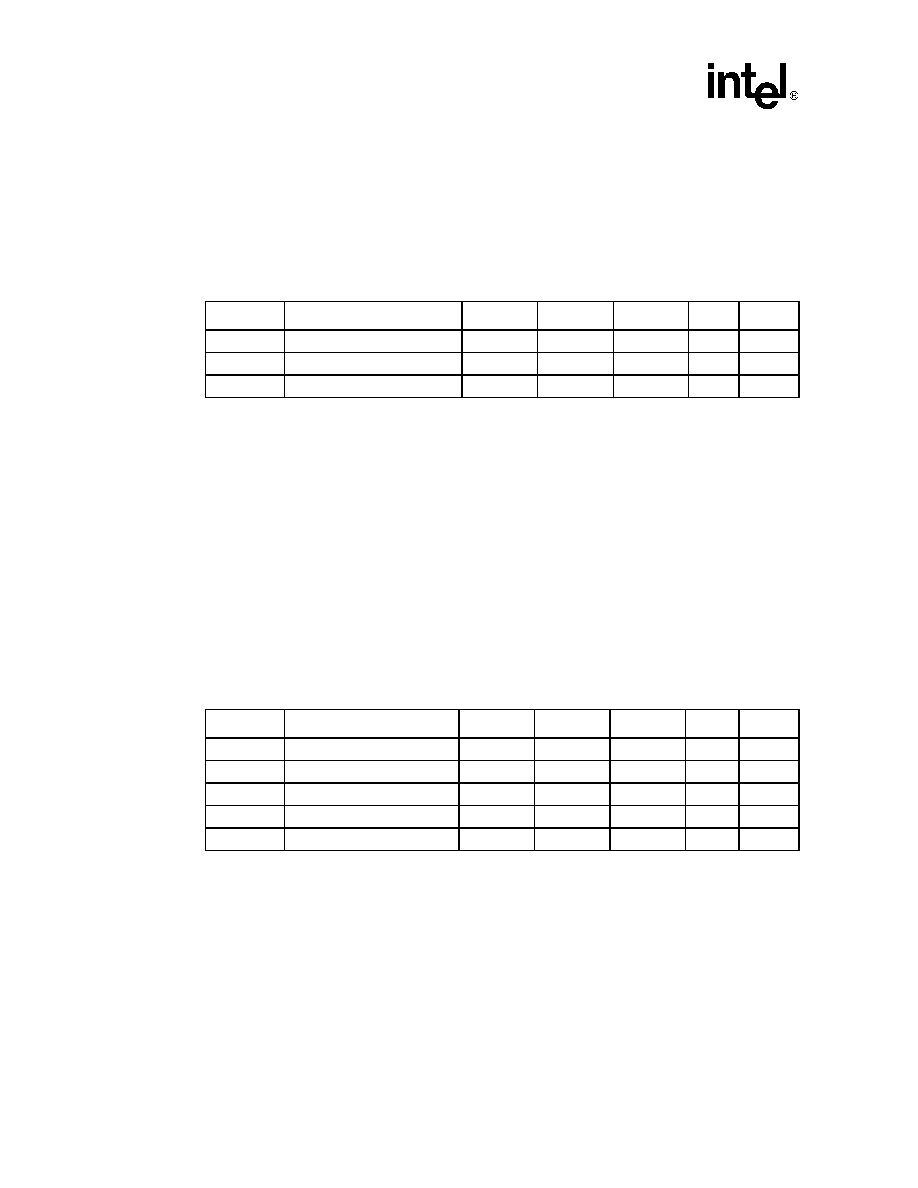- 您現(xiàn)在的位置:買賣IC網(wǎng) > PDF目錄298893 > BX80552641T2 (INTEL CORP) 32-BIT, 3200 MHz, MICROPROCESSOR, PBGA775 PDF資料下載
參數(shù)資料
| 型號: | BX80552641T2 |
| 廠商: | INTEL CORP |
| 元件分類: | 微控制器/微處理器 |
| 英文描述: | 32-BIT, 3200 MHz, MICROPROCESSOR, PBGA775 |
| 封裝: | FLIP CHIP, LGA-775 |
| 文件頁數(shù): | 92/108頁 |
| 文件大小: | 3283K |
| 代理商: | BX80552641T2 |
第1頁第2頁第3頁第4頁第5頁第6頁第7頁第8頁第9頁第10頁第11頁第12頁第13頁第14頁第15頁第16頁第17頁第18頁第19頁第20頁第21頁第22頁第23頁第24頁第25頁第26頁第27頁第28頁第29頁第30頁第31頁第32頁第33頁第34頁第35頁第36頁第37頁第38頁第39頁第40頁第41頁第42頁第43頁第44頁第45頁第46頁第47頁第48頁第49頁第50頁第51頁第52頁第53頁第54頁第55頁第56頁第57頁第58頁第59頁第60頁第61頁第62頁第63頁第64頁第65頁第66頁第67頁第68頁第69頁第70頁第71頁第72頁第73頁第74頁第75頁第76頁第77頁第78頁第79頁第80頁第81頁第82頁第83頁第84頁第85頁第86頁第87頁第88頁第89頁第90頁第91頁當(dāng)前第92頁第93頁第94頁第95頁第96頁第97頁第98頁第99頁第100頁第101頁第102頁第103頁第104頁第105頁第106頁第107頁第108頁

86
Datasheet
Thermal Specifications and Design Considerations
specifications. Two different sets of "diode" parameters are listed in Table 5-3 and Table 5-4. The
Diode Model parameters (Table 5-3) apply to traditional thermal sensors that use the Diode
Equation to determine the processor temperature. Transistor Model parameters (Table 5-4) have
been added to support thermal sensors that use the transistor equation method. The Transistor
Model may provide more accurate temperature measurements when the diode ideality factor is
closer to the maximum or minimum limits. This thermal "diode" is separate from the Thermal
Monitor's thermal sensor and cannot be used to predict the behavior of the Thermal Monitor.
NOTES:
1. Intel does not support or recommend operation of the thermal diode under reverse bias.
2. Characterized across a temperature range of 50 – 80 °C.
3. Not 100% tested. Specified by design characterization.
4. The ideality factor, n, represents the deviation from ideal diode behavior as exemplified by the diode
equation:
IFW = IS * (e
qV
D
/nkT –1)
where IS = saturation current, q = electronic charge, VD = voltage across the diode, k = Boltzmann Constant,
and T = absolute temperature (Kelvin).
5. The series resistance, RT, is provided to allow for a more accurate measurement of the junction temperature.
RT, as defined, includes the lands of the processor but does not include any socket resistance or board trace
resistance between the socket and the external remote diode thermal sensor. RT can be used by remote
diode thermal sensors with automatic series resistance cancellation to calibrate out this error term. Another
application is that a temperature offset can be manually calculated and programmed into an offset register in
the remote diode thermal sensors as exemplified by the equation:
Terror = [RT * (N-1) * IFWmin] / [nk/q * ln N]
where Terror = sensor temperature error, N = sensor current ratio, k = Boltzmann Constant, q = electronic
charge.
NOTES:
1. Intel does not support or recommend operation of the thermal diode under reverse bias.
3. Characterized across a temperature range of 50 - 80 °C.
4. Not 100% tested. Specified by design characterization.
5. The ideality factor, nQ, represents the deviation from ideal transistor model behavior as exemplified by the
equation for the collector current:
IC = IS * (e
qV
BE
/n
Q
kT –1)
Where IS = saturation current, q = electronic charge, VBE = voltage across the transistor base emitter junction
(same nodes as VD), k = Boltzmann Constant, and T = absolute temperature (Kelvin).
6. The series resistance, RT, provided in the Diode Model Table (Table 5-3) can be used for more accurate
readings as needed.
Table 5-3. Thermal “Diode” Parameters using Diode Model
Symbol
Parameter
Min
Typ
Max
Unit
Notes
IFW
Forward Bias Current
5
—
200
A
1
n
Diode Ideality Factor
1.000
1.009
1.050
-
2, 3, 4
RT
Series Resistance
2.79
4.52
6.24
Ω
2, 3, 5
Table 5-4. Thermal “Diode” Parameters using Transistor Model
Symbol
Parameter
Min
Typ
Max
Unit
Notes
IFW
Forward Bias Current
5
—
200
A
1, 2
IE
Emitter Current
5
—
200
nQ
Transistor Ideality
0.997
1.001
1.005
—
3, 4, 5
Beta
0.391
—
0.760
—
3, 4
RT
Series Resistance
2.79
4.52
6.24
Ω
3, 6
相關(guān)PDF資料 |
PDF描述 |
|---|---|
| BX805555060P | 64-BIT, MICROPROCESSOR, BGA771 |
| BX805555080P | 64-BIT, MICROPROCESSOR, BGA771 |
| BX805555080A | 64-BIT, MICROPROCESSOR, BGA771 |
| BX805555030P | 64-BIT, MICROPROCESSOR, BGA771 |
| BX80557E2140 | MICROPROCESSOR, PBGA775 |
相關(guān)代理商/技術(shù)參數(shù) |
參數(shù)描述 |
|---|---|
| BX80552651T2 | 制造商:Intel 功能描述:P4 651 3.4GHZ LP-BTX 2MB - Boxed Product (Development Kits) |
| BX80552651T2 S L94W | 制造商:Intel 功能描述:MPU Pentium 制造商:Intel 功能描述:MPU Pentium? 4 Processor 651 65nm 3.4GHz 775-Pin FCLGA6 |
| BX80552651T2 S L9KE | 制造商:Intel 功能描述:MPU Pentium |
| BX80552661T2 | 制造商:Intel 功能描述:P4 661 3.6GHZ LP-BTX 2MB - Boxed Product (Development Kits) |
| BX80553915 S L9KB | 制造商:Intel 功能描述: |
發(fā)布緊急采購,3分鐘左右您將得到回復(fù)。